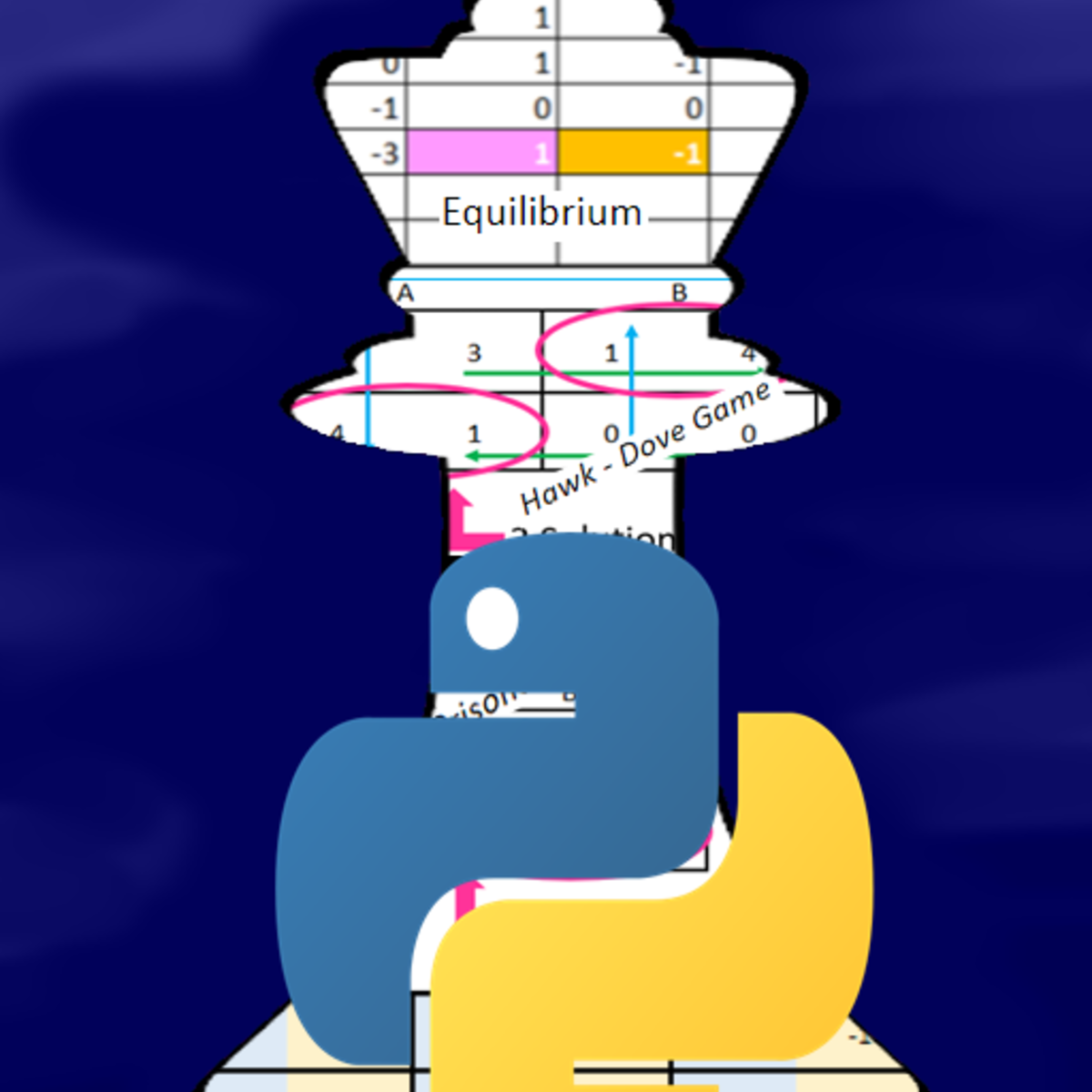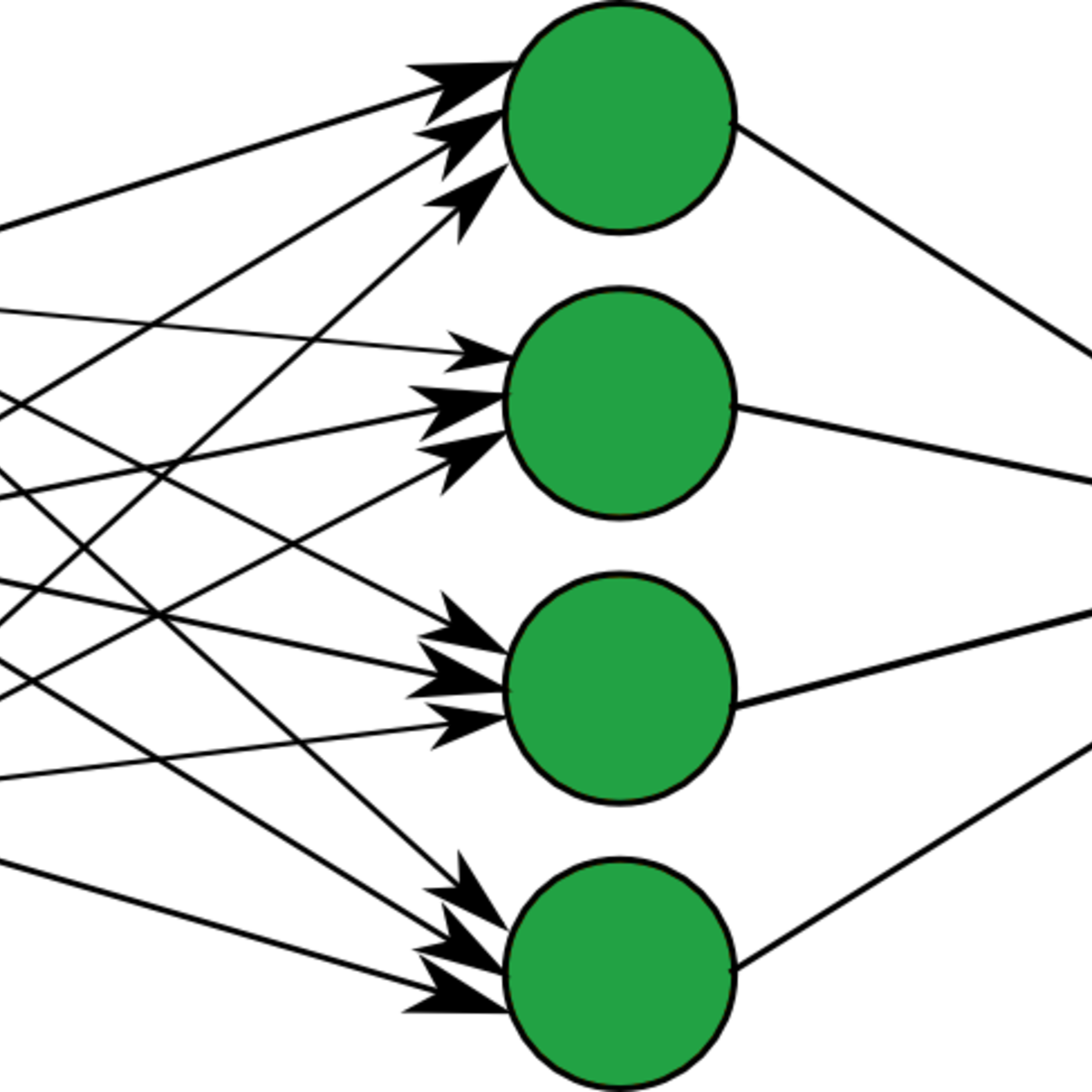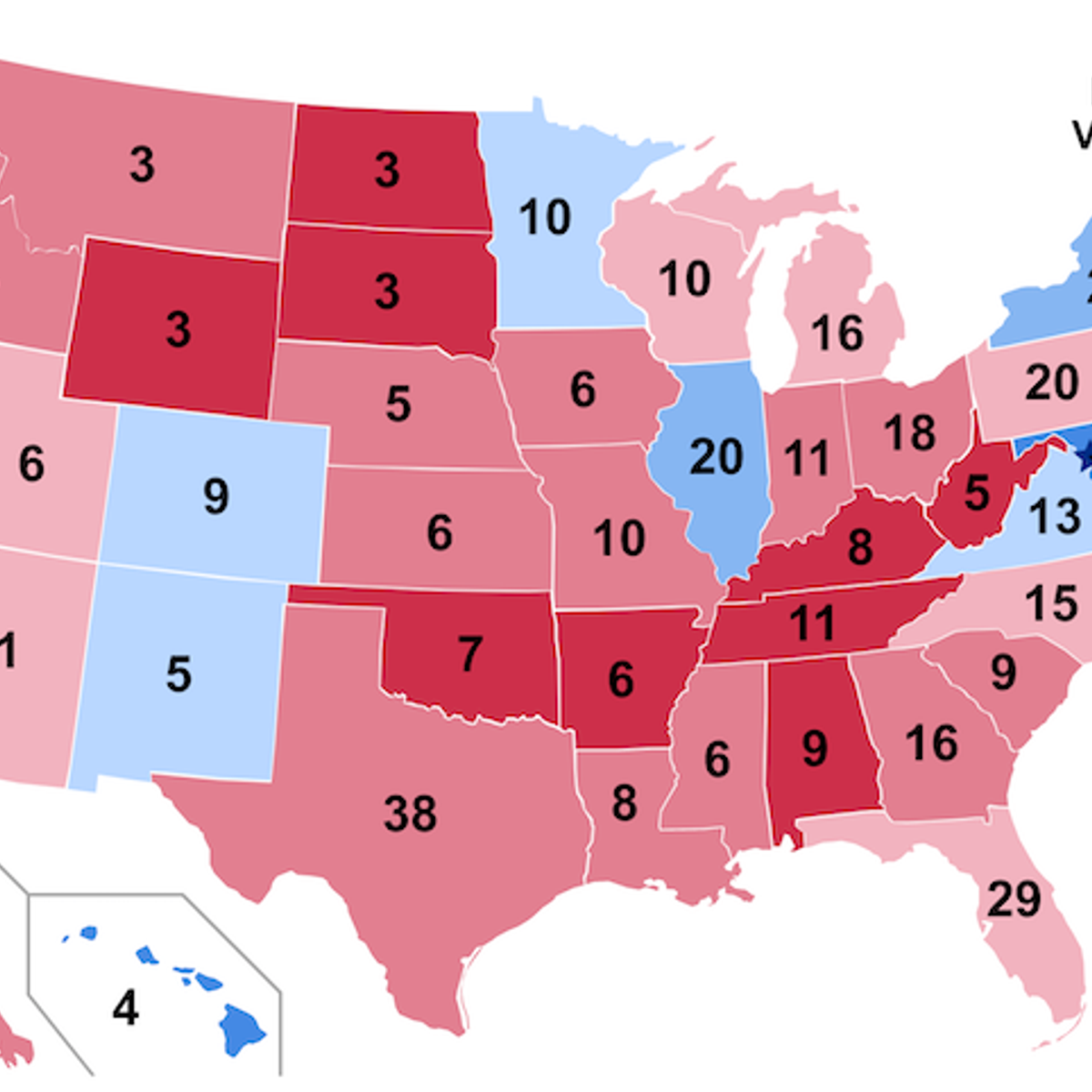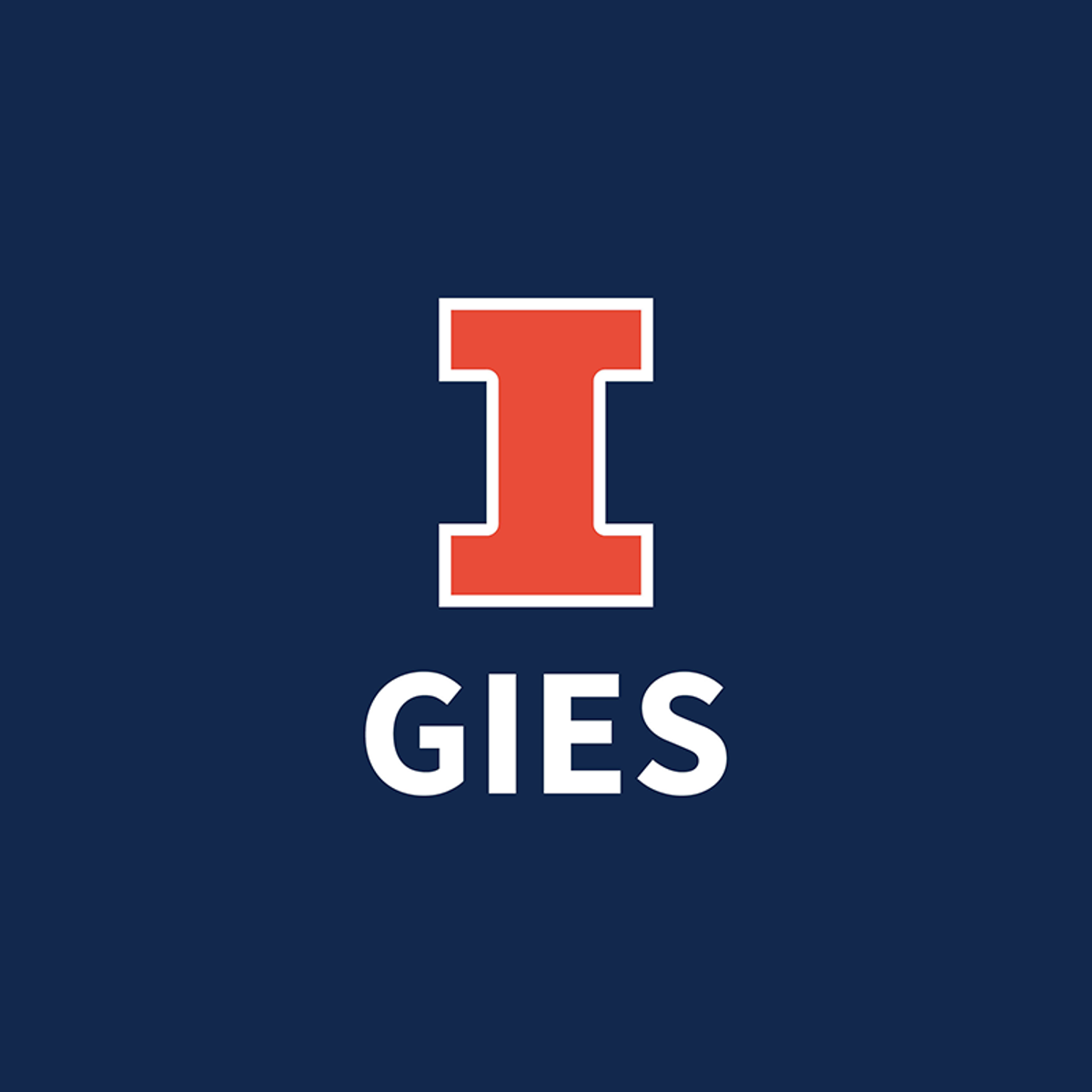Back to Courses









Data Science Courses - Page 123
Showing results 1221-1230 of 1407

Bank Loan Approval Prediction With Artificial Neural Nets
In this hands-on project, we will build and train a simple deep neural network model to predict the approval of personal loan for a person based on features like age, experience, income, locations, family, education, exiting mortgage, credit card etc.
By the end of this project, you will be able to:
- Understand the applications of Artificial Intelligence and Machine Learning techniques in the banking industry
- Understand the theory and intuition behind Deep Neural Networks
- Import key Python libraries, dataset, and perform Exploratory Data Analysis.
- Perform data visualization using Seaborn.
- Standardize the data and split them into train and test datasets.
- Build a deep learning model using Keras with Tensorflow 2.0 as a back-end.
- Assess the performance of the model and ensure its generalization using various Key Performance Indicators (KPIs).
Note: This course works best for learners who are based in the North America region. We’re currently working on providing the same experience in other regions.

Algebra: Elementary to Advanced - Equations & Inequalities
This course is intended for students looking to create a solid algebraic foundation of fundamental mathematical concepts from which to take more advanced courses that use concepts from precalculus, calculus, probability, and statistics. This course will help solidify your computational methods, review algebraic formulas and properties, and apply these concepts model real world situations. This course is for any student who will use algebraic skills in future mathematics courses. Topics include: the real numbers, equalities, inequalities, polynomials, rational expressions and equations, graphs, relations and functions, radicals and exponents, and quadratic equations.

Advanced Linear Models for Data Science 1: Least Squares
Welcome to the Advanced Linear Models for Data Science Class 1: Least Squares. This class is an introduction to least squares from a linear algebraic and mathematical perspective. Before beginning the class make sure that you have the following:
- A basic understanding of linear algebra and multivariate calculus.
- A basic understanding of statistics and regression models.
- At least a little familiarity with proof based mathematics.
- Basic knowledge of the R programming language.
After taking this course, students will have a firm foundation in a linear algebraic treatment of regression modeling. This will greatly augment applied data scientists' general understanding of regression models.

Game Theory with Python
In this 2-hour long project-based course, you will learn the game theoretic concepts of Two player Static and Dynamic Games, Pure and Mixed strategy Nash Equilibria for static games (illustrations with unique and multiple solutions), Example of Axelrod tournament. You will be building two player Nash games and analyze them using Python packages Nashpy and Axelrod, especially built for game theoretic analyses. Also, you will gain the understanding of computational mechanisms related to the aforementioned concepts.
Note: This course works best for learners who are based in the North America region. We’re currently working on providing the same experience in other regions.

Build Multilayer Perceptron Models with Keras
In this 45-minute long project-based course, you will build and train a multilayer perceptronl (MLP) model using Keras, with Tensorflow as its backend. We will be working with the Reuters dataset, a set of short newswires and their topics, published by Reuters in 1986. It's a very simple, widely used toy dataset for text classification. There are 46 different topics, some of which are more represented than others. But each topic has at least 10 examples in the training set. So in this project, you will build a MLP feed-forward neural network to classify Reuters newswires into 46 different mutually-exclusive topics.
This course runs on Coursera's hands-on project platform called Rhyme. On Rhyme, you do projects in a hands-on manner in your browser. You will get instant access to pre-configured cloud desktops containing all of the software and data you need for the project. Everything is already set up directly in your internet browser so you can just focus on learning. For this project, you’ll get instant access to a cloud desktop with Python, Jupyter, and Keras pre-installed.
Notes:
- You will be able to access the cloud desktop 5 times. However, you will be able to access instructions videos as many times as you want.
- This course works best for learners who are based in the North America region. We’re currently working on providing the same experience in other regions.

Business Analytics for Decision Making
In this course you will learn how to create models for decision making. We will start with cluster analysis, a technique for data reduction that is very useful in market segmentation. You will then learn the basics of Monte Carlo simulation that will help you model the uncertainty that is prevalent in many business decisions. A key element of decision making is to identify the best course of action. Since businesses problems often have too many alternative solutions, you will learn how optimization can help you identify the best option. What is really exciting about this course is that you won’t need to know a computer language or advanced statistics to learn about these predictive and prescriptive analytic models. The Analytic Solver Platform and basic knowledge of Excel is all you’ll need. Learners participating in assignments will be able to get free access to the Analytic Solver Platform.

Supervised Machine Learning: Regression and Classification
In the first course of the Machine Learning Specialization, you will:
• Build machine learning models in Python using popular machine learning libraries NumPy and scikit-learn.
• Build and train supervised machine learning models for prediction and binary classification tasks, including linear regression and logistic regression
The Machine Learning Specialization is a foundational online program created in collaboration between DeepLearning.AI and Stanford Online. In this beginner-friendly program, you will learn the fundamentals of machine learning and how to use these techniques to build real-world AI applications.
This Specialization is taught by Andrew Ng, an AI visionary who has led critical research at Stanford University and groundbreaking work at Google Brain, Baidu, and Landing.AI to advance the AI field.
This 3-course Specialization is an updated and expanded version of Andrew’s pioneering Machine Learning course, rated 4.9 out of 5 and taken by over 4.8 million learners since it launched in 2012.
It provides a broad introduction to modern machine learning, including supervised learning (multiple linear regression, logistic regression, neural networks, and decision trees), unsupervised learning (clustering, dimensionality reduction, recommender systems), and some of the best practices used in Silicon Valley for artificial intelligence and machine learning innovation (evaluating and tuning models, taking a data-centric approach to improving performance, and more.)
By the end of this Specialization, you will have mastered key concepts and gained the practical know-how to quickly and powerfully apply machine learning to challenging real-world problems. If you’re looking to break into AI or build a career in machine learning, the new Machine Learning Specialization is the best place to start.

Forecasting US Presidential Elections with Mixed Models
In this project-based course, you will learn how to forecast US Presidential Elections. We will use mixed effects models in the R programming language to build a forecasting model for the 2020 election. The project will review how the US selects Presidents in the Electoral College, stylized facts about voting trends, the basics of mixed effects models, and how to use them in forecasting.

Machine Learning: Concepts and Applications
This course gives you a comprehensive introduction to both the theory and practice of machine learning. You will learn to use Python along with industry-standard libraries and tools, including Pandas, Scikit-learn, and Tensorflow, to ingest, explore, and prepare data for modeling and then train and evaluate models using a wide variety of techniques. Those techniques include linear regression with ordinary least squares, logistic regression, support vector machines, decision trees and ensembles, clustering, principal component analysis, hidden Markov models, and deep learning.
A key feature of this course is that you not only learn how to apply these techniques, you also learn the conceptual basis underlying them so that you understand how they work, why you are doing what you are doing, and what your results mean. The course also features real-world datasets, drawn primarily from the realm of public policy. It is based on an introductory machine learning course offered to graduate students at the University of Chicago and will serve as a strong foundation for deeper and more specialized study.
Data Analytics Foundations for Accountancy II
Welcome to Data Analytics Foundations for Accountancy II! I'm excited to have you in the class and look forward to your contributions to the learning community.
To begin, I recommend taking a few minutes to explore the course site. Review the material we’ll cover each week, and preview the assignments you’ll need to complete to pass the course. Click Discussions to see forums where you can discuss the course material with fellow students taking the class.
If you have questions about course content, please post them in the forums to get help from others in the course community. For technical problems with the Coursera platform, visit the Learner Help Center.
Good luck as you get started, and I hope you enjoy the course!
Popular Internships and Jobs by Categories
Browse
© 2024 BoostGrad | All rights reserved


